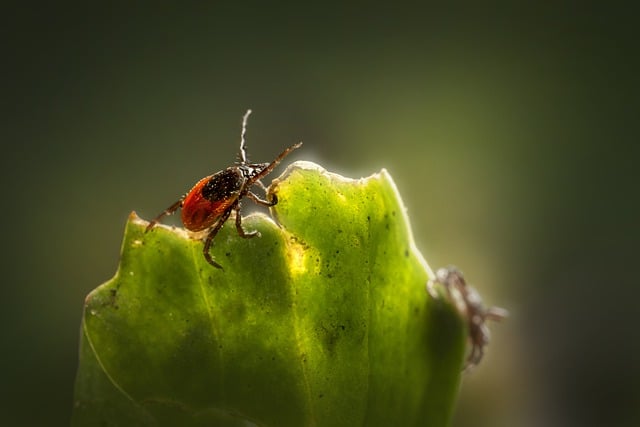Understanding mosquito and tick behavior is crucial for effective control. Key strategies include eliminating standing water (breeding grounds), using insect repellents, wearing protective clothing, maintaining proper drainage, and employing professional treatments. Natural repellents offer an eco-friendly alternative, but may not be as effective as synthetic options. Chemical treatments should be used judiciously due to potential environmental and health risks. Tailored strategies like spot treatment or comprehensive yard spraying cater to specific needs. Seasonal approaches are vital for managing mosquito activity. A long-term strategy focusing on breeding ground elimination, lawn care, and eco-friendly materials is recommended. DIY mosquito traps provide an accessible, cost-saving solution. For severe issues, professional pest control services offer advanced treatments and expertise.
Tired of yard mosquitos and ticks? Effective mosquito and tick control requires understanding their behavior, identifying breeding grounds, and choosing the right strategies. This comprehensive guide breaks down various treatments, from natural repellents and chemical sprays to DIY traps and professional services. Learn about targeted applications, seasonal strategies, and preventive measures to create a mosquito-free haven all year round, ensuring outdoor enjoyment without pesky bites.
Understanding Mosquito and Tick Behavior: Key to Effective Control
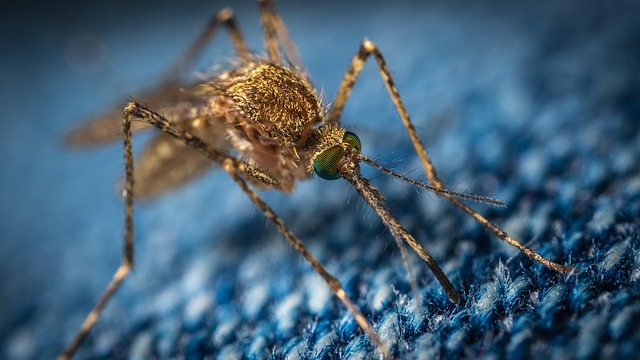
Understanding the behavior of mosquitoes and ticks is a crucial step in effective mosquito and tick control. These pests are most active during certain times of the day, typically dawn and dusk, when they feed on both humans and animals. They are attracted to carbon dioxide, heat, and specific scents, making outdoor gatherings and activities more vulnerable to attacks. Additionally, mosquitoes breed in standing water, so eliminating these breeding grounds is essential to preventing their surge in numbers.
Knowledge of their behavior allows for strategic control measures. Using insect repellents, wearing protective clothing, and ensuring proper drainage systems can significantly reduce exposure. For comprehensive mosquito and tick control, it’s also vital to consider professional treatments that target resting and breeding areas, providing long-lasting protection for your yard and home.
Identifying Breeding Grounds: Where Mosquitoes Thrive

Identifying where mosquitoes breed is a crucial step in effective mosquito and tick control. These pests thrive in standing water, so areas like stagnant ponds, buckets, or even small puddles around your property can serve as breeding grounds. Additionally, dense vegetation, such as overgrown grass, shrubs, and trees, provide ideal hiding spots for adult mosquitoes. Understanding these habitats allows homeowners to target their control efforts more precisely.
Regularly inspecting your yard for potential water sources and maintaining proper drainage systems can significantly reduce mosquito populations. Removing standing water from containers like flower pots, old tires, or birdbaths is also essential. By addressing these breeding sites, you can disrupt the mosquito life cycle and create an environment less welcoming to these pests, leading to more comfortable outdoor experiences.
Natural Repellents and Their Efficacy
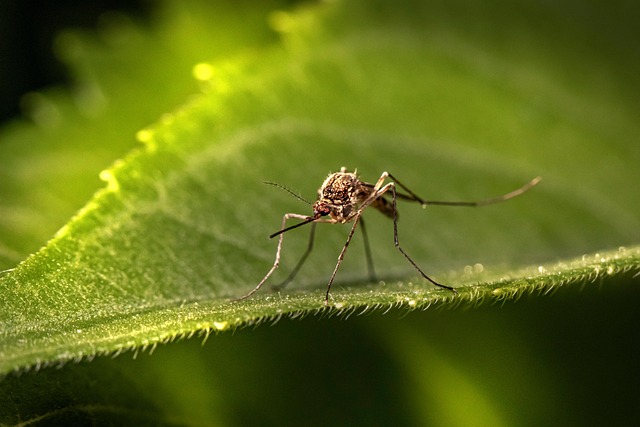
Natural repellents have gained popularity as an eco-friendly alternative for mosquito and tick control. These substances, often derived from plants, offer a range of benefits beyond just repelling insects. Many contain compounds like citronella, neem oil, or lavender, which are known to deter mosquitoes without the use of harsh chemicals. While their effectiveness may vary, natural repellents can provide significant relief in outdoor spaces, creating an enjoyable environment for residents and visitors alike.
Despite their advantages, it’s important to recognize that natural repellents might not offer the same level of protection as synthetic options. Their efficacy can be influenced by factors such as wind, sweat, and individual sensitivity. However, combining these natural methods with other mosquito control strategies can lead to a more comprehensive and sustainable approach to managing insect populations in yards and outdoor areas.
Chemical Treatments: Sprays and Pestsides for Mosquito Control

Chemical treatments, such as sprays and pesticides, offer a quick fix for mosquito and tick control but should be used with caution. These products can be effective in reducing insect populations, especially when applied correctly and at the right time of day. However, many contain chemicals that may have negative impacts on the environment and human health if not handled properly.
It’s important to follow manufacturer instructions rigorously and ensure proper ventilation during application. Additionally, these treatments might not provide lasting protection, as mosquitoes and ticks can develop resistance over time. As such, they are best suited for short-term relief and should be considered alongside other methods for a comprehensive mosquito and tick control strategy.
Targeted Applications: Spot Treatment vs. Comprehensive Yard Spraying
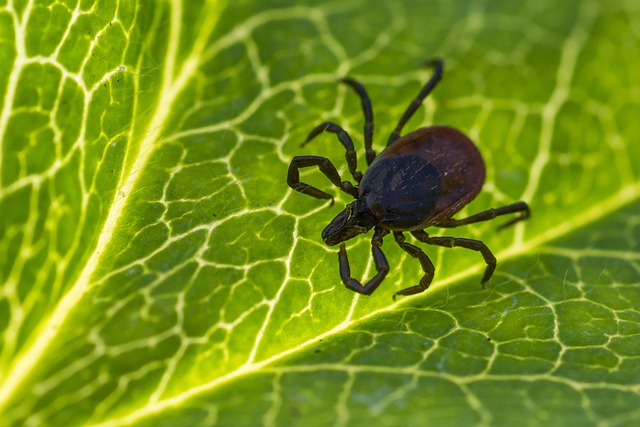
When it comes to mosquito and tick control, the approach can vary depending on the extent of the problem and your specific needs. One option is spot treatment, which involves targeting specific areas where mosquitoes are known to congregate, such as near standing water or dense vegetation. This method is ideal for isolated incidents or small areas, ensuring that you apply treatments precisely where they’re needed, minimizing environmental impact.
Alternatively, comprehensive yard spraying offers a more widespread solution. It covers the entire outdoor space, killing adult mosquitoes and breaking the breeding cycle by eliminating larvae. While it may seem like an extensive process, this approach is beneficial for severe mosquito infestations or when dealing with multiple species, including ticks, which require a thorough and systemic strategy for effective control.
Seasonal Strategies: Preparing for Peak Mosquito Activity
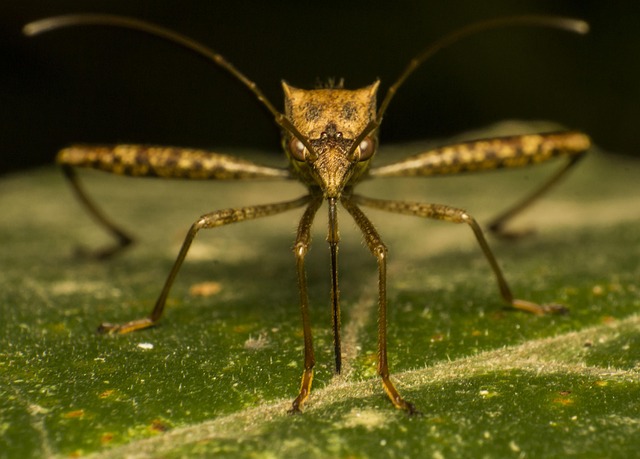
As the seasons change, so does the activity level of mosquitoes. To effectively manage these pests during peak season, it’s crucial to prepare in advance and implement seasonal strategies for mosquito and tick control. In spring and early summer, larvae often thrive in standing water, so eliminating these breeding grounds is key. Regularly empty flowerpots, birdbaths, and other containers to reduce the risk of infestation.
During summer and fall, adult mosquitoes proliferate, making outdoor activities more challenging. Using mosquito repellents, installing screens on windows and doors, and considering professional treatments like barrier sprays can significantly reduce their presence. Additionally, maintaining a lush lawn and trimming vegetation helps disrupt mosquito resting spots, further enhancing your yard’s protection against these pests.
Preventive Measures: Long-Term Solutions for Mosquito and Tick Management

Preventing mosquito and tick infestations is a long-term strategy for effective yard management. Implementing robust measures can significantly reduce their presence, offering a comfortable outdoor space. One key approach is to eliminate standing water, as it serves as an ideal breeding ground for these pests. Regularly emptying flowerpots, buckets, and birdbaths, or installing drainage systems, can deter mosquitoes from laying eggs. Additionally, maintaining a well-trimmed lawn and removing dense vegetation provides less shelter for ticks, reducing their population over time.
Long-lasting solutions also include landscaping choices like planting mosquito-repelling herbs (e.g., citronella, lavender) and choosing materials resistant to pest buildup, such as treated wood or stone for patios. Professional services offering integrated pest management (IPM) can provide tailored treatments, focusing on targeted applications of safe, eco-friendly products to control mosquitoes and ticks effectively while minimizing environmental impact.
DIY Mosquito Traps: Effective and Cost-Saving Alternatives
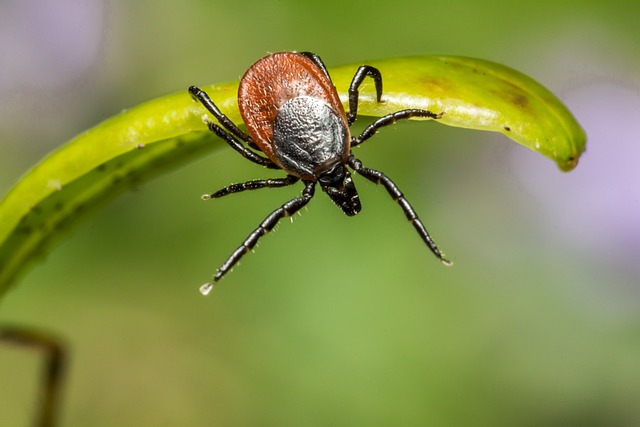
DIY Mosquito Traps: Effective and Cost-Saving Alternatives
Mosquitoes can be a nuisance, but they don’t have to control your outdoor spaces. One effective and cost-saving solution is to create your own mosquito traps using simple, natural ingredients. These traps not only reduce mosquito populations but also offer an eco-friendly approach to tick control, another common pest in yards. By using methods like setting up a fan with a soapy water basin or creating a natural attractant with combinations of sugar, yeast, and water, you can significantly decrease the number of mosquitoes in your yard without relying on chemical sprays.
These DIY mosquito traps are easy to set up and maintain, making them ideal for those seeking sustainable solutions for both mosquito and tick control. By harnessing the power of simple household items and natural elements, you can enjoy your outdoor areas worry-free, knowing that you’re contributing to a healthier, pest-free environment.
Professional Pest Control Services: When to Seek Expert Help
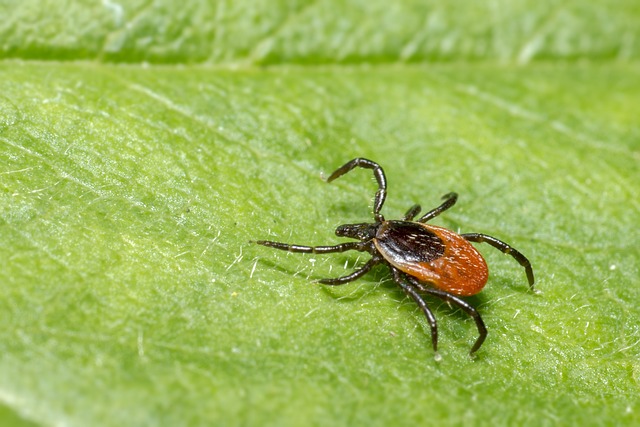
Professional pest control services are often the best course of action when dealing with a severe or persistent mosquito problem, especially involving ticks. While DIY methods and natural repellents can provide some relief, they may not offer comprehensive protection against these pesky insects. A professional service has the specialized equipment, expertise, and access to advanced treatments that can eliminate existing populations and prevent future infestations effectively.
Seeking expert help is particularly advisable if you have a large yard or complex landscaping, as professionals can navigate these challenges with tailored solutions. They also stay updated on the latest mosquito and tick control methods, ensuring your property is treated safely and efficiently. This option is beneficial for those who want swift results and long-lasting protection against these nuisances that can carry diseases.
